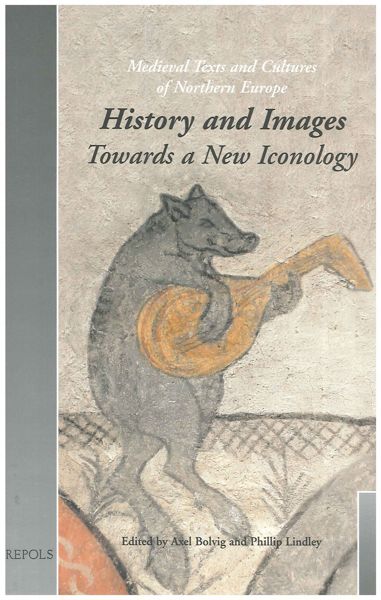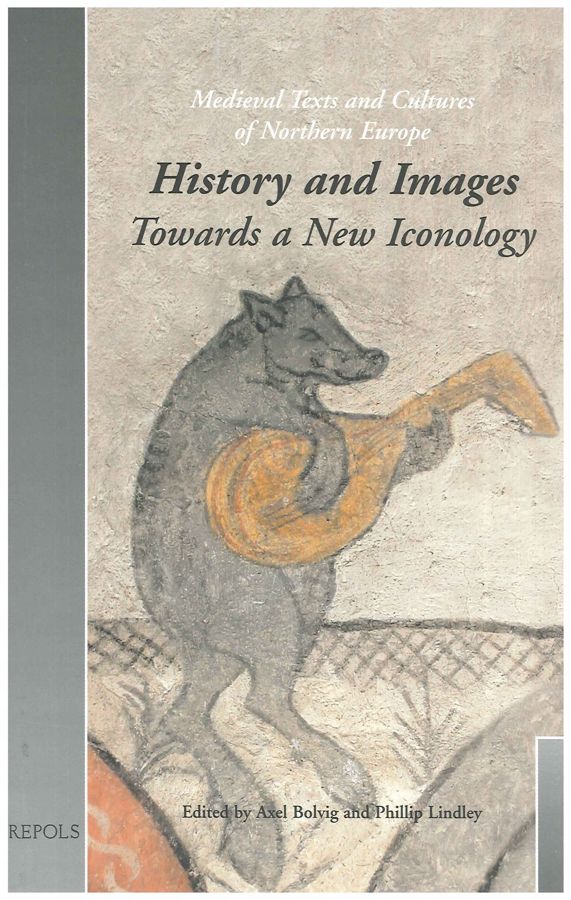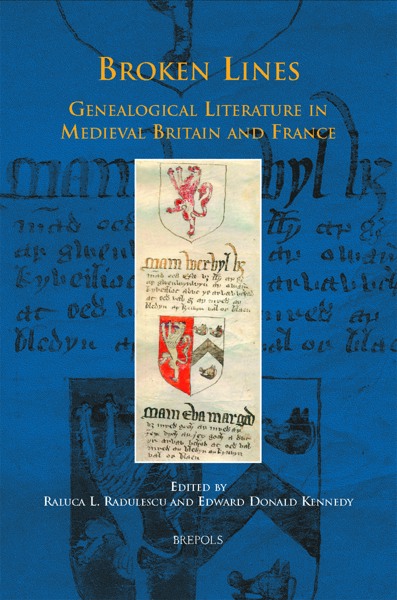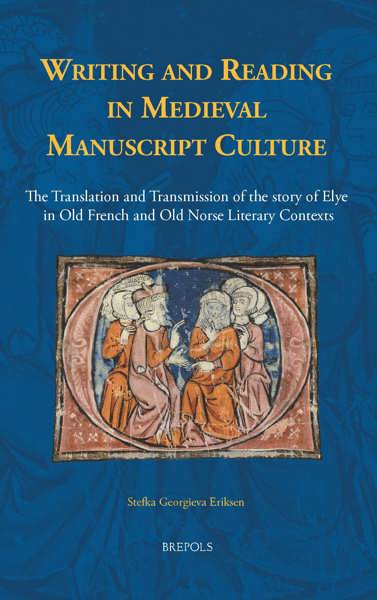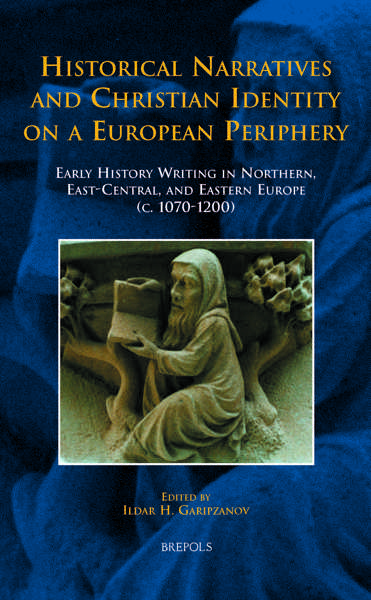
- Pages: 430 p.
- Size:165 x 245 mm
- Illustrations:155 b/w, 26 col.
- Language(s):English
- Publication Year:2003
- € 55,00 EXCL. VAT RETAIL PRICE
- ISBN: 978-2-503-51155-9
- Hardback
- Available
- € 55,00 EXCL. VAT RETAIL PRICE
- ISBN: 978-2-503-53908-9
- E-book
- Available
This important collection of essays represents a wide variety of new approaches to the deployment of images by historians, and tries to reconfigure Art History to encompass areas that have often been viewed as marginal.
"The editors are to be commended for assembling a collection that is both wide-ranging in terms of its objects of study and well focused in terms of its methodology and larger theoretical concerns" (G. B. Guest in Speculum, 80 (2005), p. 521).
«The nineteen essays collected in this volume offer polished versions op papers delivered at the
"History and Images" congress held at the University of Copenhagen in 1999» (G.B. Guest in Speculum (80) 2005, p. 520).
The rediscovery of the significance of the visual amongst literary scholars and historians has turned what was once the focus of predominantly art and architectural historians into a much-contested field. In recent writings historians and others have found the art historical focus on the masterpiece, on style and iconography frustrating, while art historians are uncomfortable with the way the image has been reduced to a simple illustration or to a text, ignoring the very visual qualities that provide its interest. The apparent rigid separations into disciplinary areas often reveal an ignorance of the historiography of both historical and art historical research, where scholars such as Huizinga, Burckhardt and Warburg all drew on the broad range of cultural expressions from the playing card, the banquet, the pageant or such expressions of ‘high art’ as plays and paintings to explore the past. At the same time these territorial debates can seem odd because, by the very nature of medieval material, scholars often draw on the varieties of surviving knowledge available.
The papers that are assembled here include writings by several academics who are well qualified to explore these issues. The collection is the result of a conference held at the University of Copenhagen in 1999, as part of a research project entitled The Visual Construction of Reality. As described in the introduction by Axel Bolvig, ‘the main object was, and remains, not only to show how the images may be understood as an equal partner to the text in historical research but also to demonstrate that imagery constitutes a separate category of source material with its own category of meaning and information and requiring its own interpretative methodologies.’ Bolvig refers to Magritte’s well-known painting La trahison des images, where he wrote beneath a simple image of a pipe, ‘Ceci n’est pas une pipe’ to highlight the distinctiveness of visual information. He argues that the treachery found in such works lies not within the image itself but rather with the words connected with that image. This focus on the uniqueness of the visual makes this a refreshing collection. Whether the essays found here lead us towards a new iconology is less certain, although the choice of this subheading does, at least, draw from a methodology that comes from attempts to understand the visual as opposed to the literary.
The collection is a generous one containing 20 essays divided into 3 principle sections: Image and History; Image Databases and History; and Images as Source Material. The first, with the thought-provoking introduction, constitutes the most methodologically focused section Francis Haskell writes on the legacy of Johann Huizinga as one of the first history texts to be written under the inspiration of visual material and as one that continues to have an impact on historians and art historians, despite ongoing disagreements about his methodology and interpretation. Jean-Claude Schmitt’s essay is, in part, an attempt to formulate guidelines for a more productive collaboration between art historians and historians. He, like others in this collection, underlines the manner in which the very specificity of both image and language preclude the idea that the former can ever merely illustrate a text, pointing out that the image needs to ‘be considered as an ‘inscribed surface’ with a set of hierarchies. Keith Moxey explores the relationship between art history and visual culture, arguing that visual studies can take advantage of the opening up of interpretation created by the impact of postmodernism in the recognition of the role of subjectivity both of the material studied and those who study it. He writes that the ‘point of visual culture would be not only to recognise the different genres of image production that characterises a particular culture, but also to insist that their unique qualities call for distinct approaches to their interpretation.’ He also argues that it is in the study of differences and in the interstices between disciplines that insights can be found regarding the structure of our knowledges.
The methodological interrogation of the role of images is not, of course, confined to this section; it would be hard to imagine any essay by Michael Camille ignoring such issues. His essay on street signs and house carvings in medieval France, and Chartres in particular, continues to explore the marginal both in terms of art objects and subject matters, and the social. This section, dealing with the ‘Image as Source Material’ examines both familiar and unfamiliar works, at least to an English-speaking audience, including the wonderfully pictogram-like paintings found in medieval Scandinavian churches, as well as looking at a variety of different media including prints, paintings and sculpture. While the collection is a little unwieldy and some of the essays are perhaps less successful than others in dealing with the themes chosen, there is much to enjoy and think about within this book, particularly for those pondering the impact of an increasingly interdisciplinary examination of the visual in history.
Judith Collard
Art History and Theory
University of Otago
